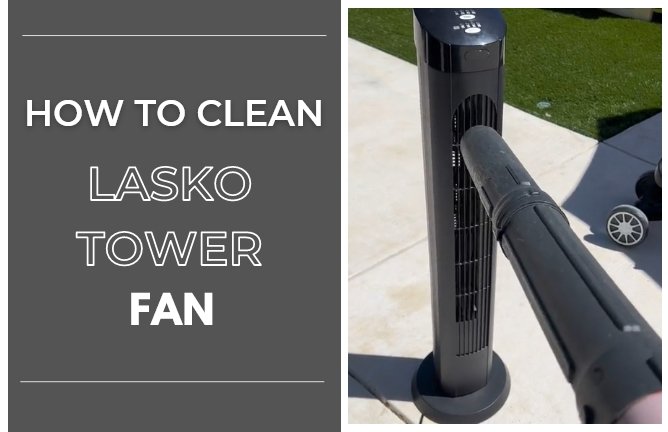Preparing a surface to be painted is essential for an excellent paint result. Primer is the key element during this preparation process. To help achieve an actual color that will last for a long, you have to use the suitable type and correct amount of primer.
So, how many coats of primer do you need to get the best outcome? Find the answer in the following.
How Many Coats of Primer Do I Need
While it is true that paint can stick to the wall without priming it prior, there is a high risk it will be blotted, cracked, or peeled away. Primer is a material that consists of less pigment and more resins compared to paint, with other additives such as a solvent.

It controls the amount of paint absorbed by a surface, so you need fewer coats of paint to accomplish an even finish. Primer only costs half of the paint generally. Thus you may be able to cut some budget.
Choosing the correct type of primer is no less important than picking the kind of paint to use. Here is the recommended amount of primer coat to avoid marks, stains, and blotchiness in the new paint on your wall:
Single coat layers
One primer coat will usually work if you paint over plain white or a highly light paint color. The painted surface is prepared to receive another layer of paint, so you do not have to worry about seeing the light bottom coat showing after the final coat.
Meanwhile for self-priming paint, as the name suggests, does not need a primer. However, there is no harm if you want to use a single coat in advance.
Double coat layers
The majority of unpainted surfaces will need a double coat of primer. Some surface areas might be more porous than others if they’ve never been primed or painted. They absorb paint at different rates and lead to a blotchy painting.
Using double primer coats can be a problem solver for this particular issue. The surface will absorb the first coat, and the second one will work by patching the remaining spots.
How Many Coats of Primer On Drywall
You can get actual paint color long-lasting for years if you use the correct type and amount of primer. If you are unsure about the number of coats the surface needs, you might ask for advice from the paint store.

Alternatively, you may begin with a single coat layer and check after the surface has dried. Apply another layer coat if it is still heavily colored, porous, or rough.
Read also: How Many Coats of Mud on Drywall
Exactly how many coats of primer do you need for drywall? Start with one layer of primer-sealer for drywall. High-build drywall has a thicker consistency than the basic formula, thus offering better coverage. Check for imperfections like nicks, bumps, or thin spots after the layer dries.
To cover those, you may need a second coat layer. However, if you use a high-build primer, you may already find the result decent enough after a single coat.
How Many Coats of Primer on Painted Wall
Start with one primer coat for light to medium old paint wall colors, such as mint green or sky blue. It also applies if your new paint color is plain white or light-toned. If you see the previous color shows through even after the layer has dried, you need to add another primer coat.
Another option that might be worth trying is using a tinted primer. This type of primer can neutralize color underneath how many coats of primer you are intended to use.



